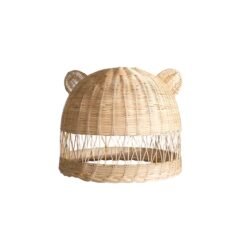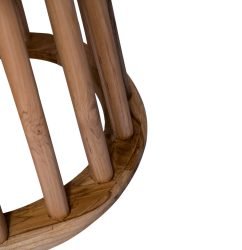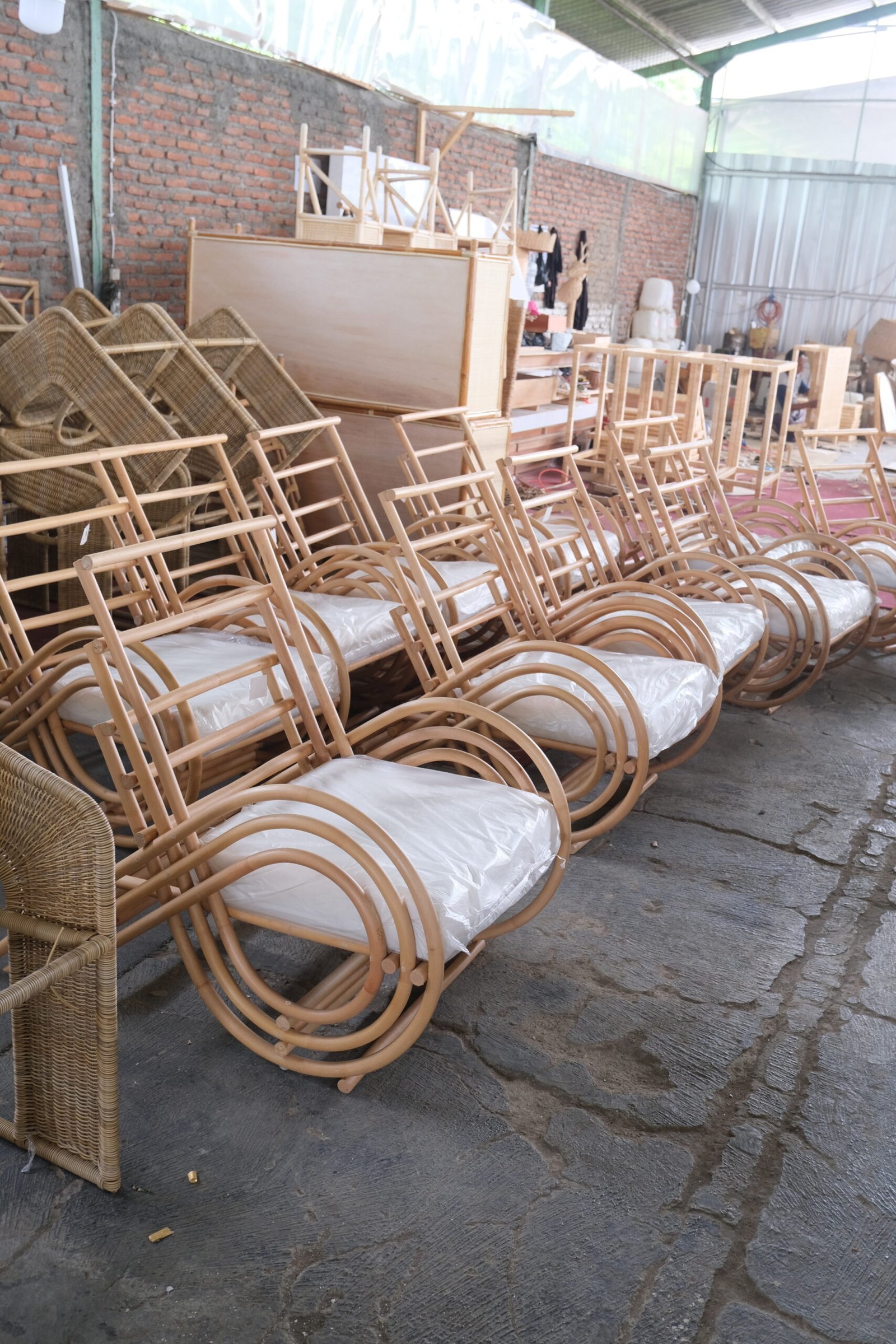Rattan weaving is far more than just a method for making furniture — it is a centuries-old cultural heritage that reflects artistry, community, and sustainability. Across Southeast Asia, especially in Indonesia, rattan weaving traditions have been carefully preserved and passed down from one generation to the next, creating not only beautiful products but also a sense of identity and pride.
1. Ancient Roots and Timeless Techniques
Rattan weaving has been practiced for hundreds of years, with evidence of woven rattan baskets and furniture dating back to ancient civilizations. Traditionally, weaving skills were taught informally within families or village communities, creating a shared cultural memory of patterns, knotting methods, and decorative motifs that continue to be recognized today.
2. Community and Social Bonds
Rattan weaving is often a communal activity, with artisans working side by side in workshops or village centers. This collaborative approach strengthens:
- Community relationships
- Intergenerational knowledge transfer
- Economic resilience
In many rural regions, rattan weaving provides vital income opportunities, empowering families and supporting local economies.
3. Artistic Expression and Storytelling
Beyond functionality, traditional rattan weaving is an art form that conveys cultural stories and values. Patterns and weaving techniques often have symbolic meaning, representing:
- Natural harmony
- Prosperity
- Spiritual beliefs
Each handcrafted piece becomes a storytelling medium, preserving cultural identity in a rapidly changing world.
4. Sustainable and Eco-Friendly Practices
Rattan itself is a renewable resource that grows quickly and regenerates naturally. Traditional harvesting methods respect the environment, while artisanal weaving uses minimal machinery, reducing carbon footprints. This sustainable approach has made rattan weaving an enduring cultural practice compatible with modern eco-conscious values.
5. Preserving Heritage in the Modern Era
Today, the rattan weaving tradition faces challenges from mass production and cheaper synthetic materials. However, many communities and organizations are working hard to:
- Train younger generations
- Promote fair trade practices
- Showcase traditional crafts in international markets
By combining cultural pride with modern market opportunities, traditional weaving communities can keep their heritage alive for the future.
Conclusion
The cultural heritage of rattan weaving is a living legacy of craftsmanship, sustainability, and community spirit. It reminds us of the importance of preserving artisanal skills and respecting the environment while creating beautiful, functional art. Supporting rattan weaving not only sustains an industry but also honors the cultural identities woven into every piece.





